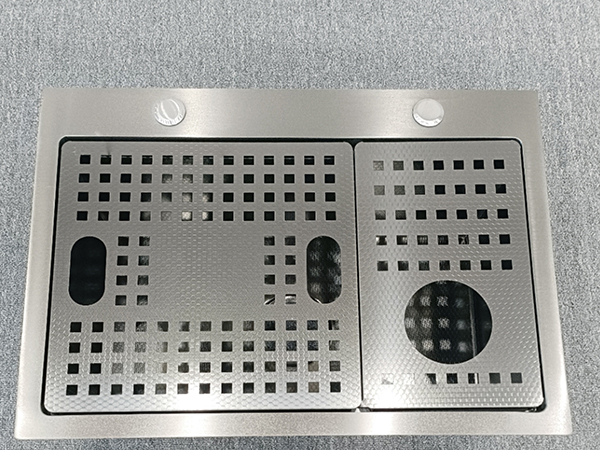
Kitchen Sink
To prevent the occurrence of water stains and dirt on stainless steel kitchen sinks, one can start with daily usage habits, cleaning and maintenance, and the selection of appropriate auxiliary products. The specific methods are as follows:
Develop good usage habits
Timely cleaning: Rinse the sink with warm water as soon as possible after use to avoid food residue, oil and other substances, and prevent them from drying up and forming stubborn stains.
Avoid prolonged water accumulation: After using the sink, drain the water in a timely manner to reduce the chance of mineral deposits adhering to the surface of the sink and forming water stains. If you need to soak items in the sink, try to use containers such as plastic pots instead of directly soaking them in the sink.
Pay attention to placing items: Do not leave wet pots and utensils in the sink for a long time. They should be drained or dried before being placed to prevent water droplets from leaving water stains. At the same time, avoid placing items that may be stained or rusted, such as items with pigments, iron products, etc., in the sink to prevent stains or rust spots.
Regular cleaning and maintenance
Daily wiping: After each use, use a clean soft cloth to dry the water stains and residual water droplets on the surface of the sink, which can effectively prevent the formation of water stains.
Regular maintenance: At regular intervals (such as one or two weeks), wipe the surface of the sink with a mild stainless steel specific maintenance agent to form a protective film, enhance the sink's anti fouling ability, and make the sink surface brighter.
Select appropriate auxiliary equipment
Use a filter: Install a filter at the drainage outlet of the sink to prevent food residue and other debris from entering the drainage pipe, reduce the possibility of stains accumulating in the sink, and facilitate regular cleaning.
Laying sink pads: Laying silicone or plastic sink pads at the bottom of the sink can not only protect the surface of the sink from scratches, but also reduce the generation of water stains and dirt because it can absorb water droplets and avoid direct contact with the sink surface. In addition, the sink pad is also easy to clean and can be replaced regularly.
How to choose a sink suitable for your kitchen?
Choosing a sink that suits your kitchen requires comprehensive consideration of multiple fa ...
2025-05-12
Possible issues that may arise during the use and installation of kitchen sinks
There may be various problems during the use and installation of kitchen sinks, and the fol ...
2025-05-12
How to choose a suitable stainless steel sink
A good stainless steel sink uses thicker plates,and the thickness can be determined by slig ...
2025-04-10
How to choose a kitchen sink
Stainless steel:It has the advantages of strong corrosion resistance,not easy to rust,easy ...
2025-04-10


